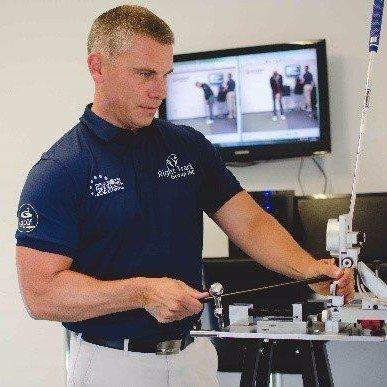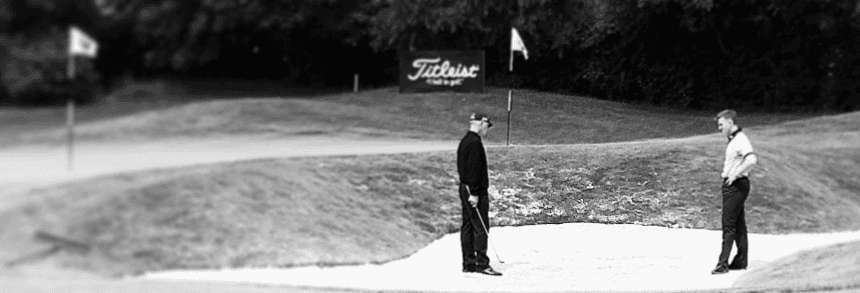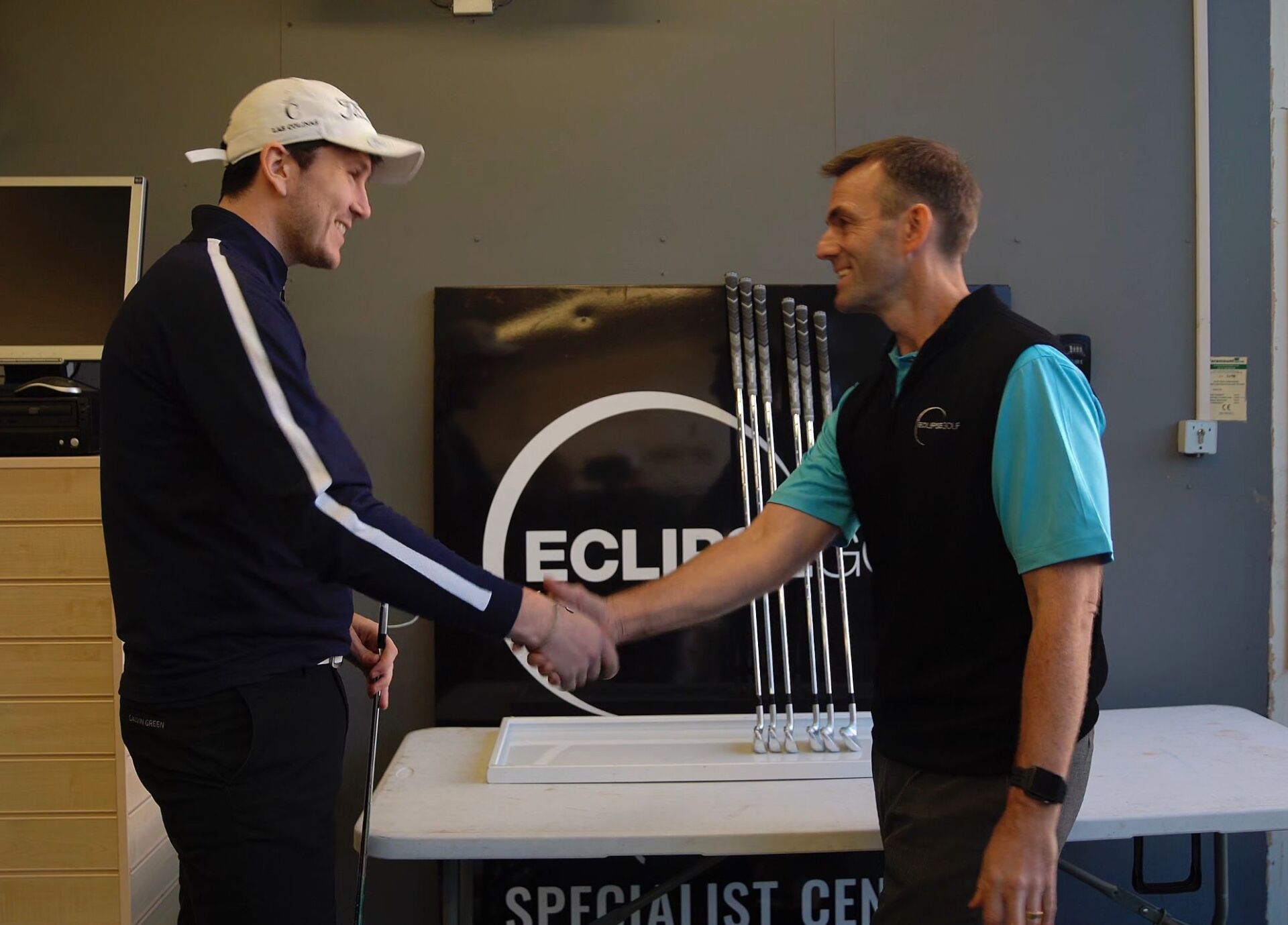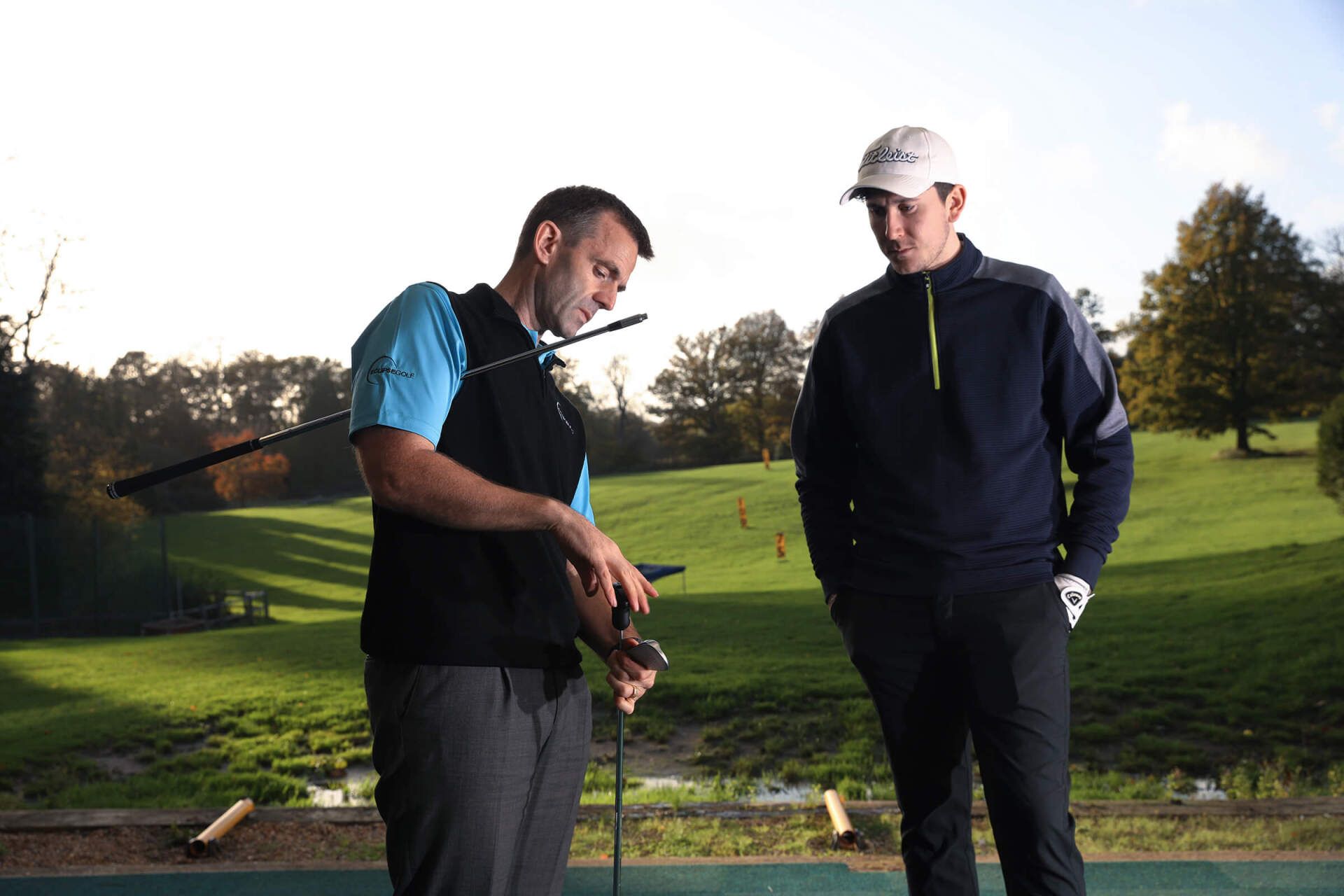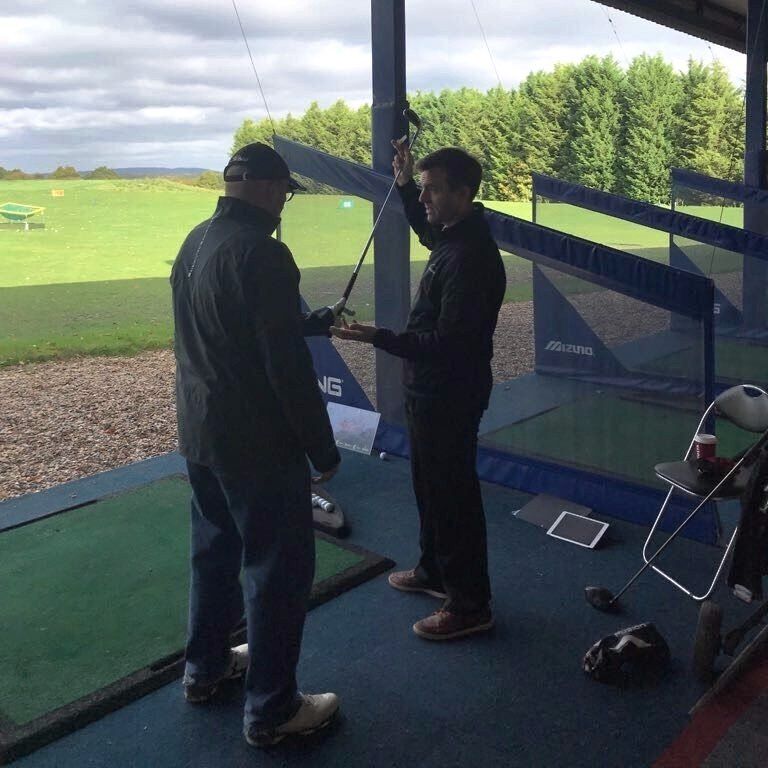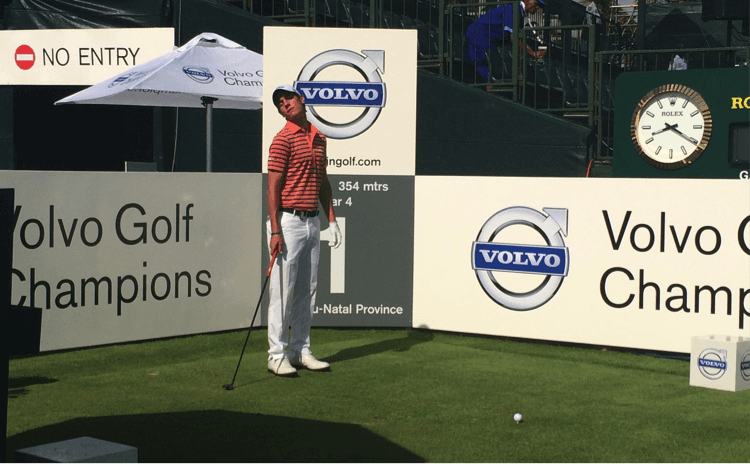Why Do You Leave The Best Job In Golf?
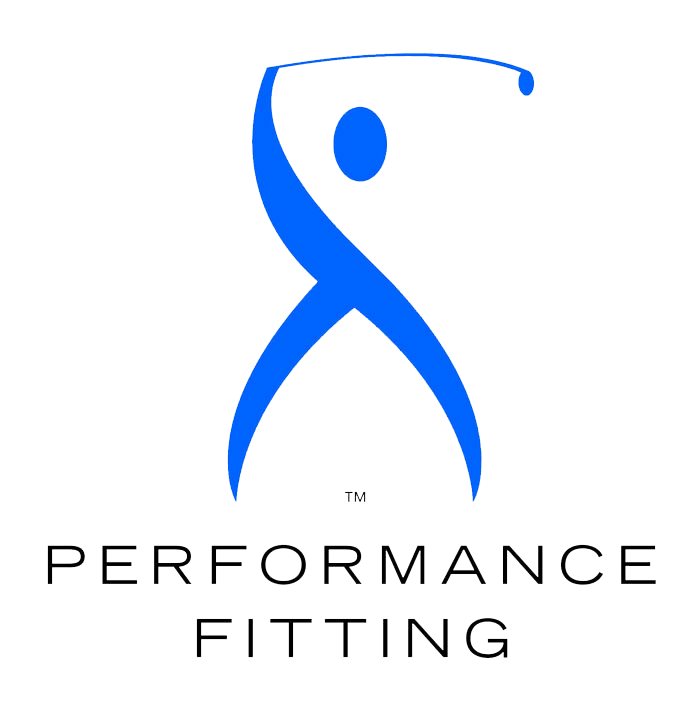
Why do you leave the best job in golf?
A colleague told me at the time I handed my notice in that I was the only personwho had left the Tour Department at Callaway Golf of their own accord.
I can understand that–from the outside it’s the golden job, traveling the worldall expenses paid,company car, great benefits and looking after the equipmentneeds of the best players at the best courses!
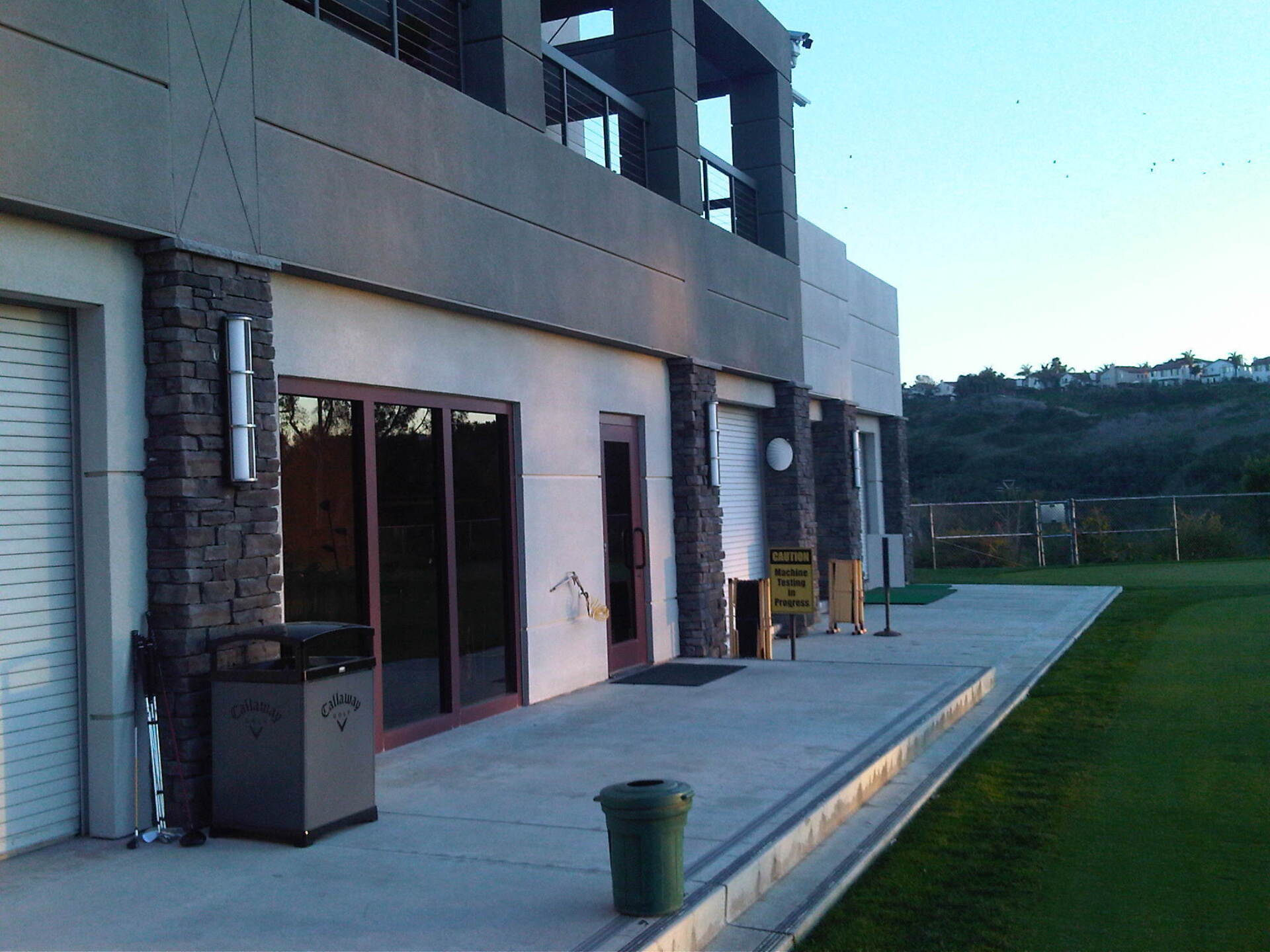
So why leave?
It’s a great question but while it was a big decision at the time it was also clear that the job itself was never the goal for me but simply part of the journey.
I’d thought about what was next before I even took the position.
So, a quick look back to understand how I came to work for Callaway in the first place and how it led to me ultimately leaving to start Eclipse Golf Ltd.
My golf journey started in earnest when I was around 15. The football option didn’t progress, and I knew that professional sport was what I wanted to do, so after watching and being inspired by the likes of Watson, Hogan and Faldo I simply chose golf!
Armed with a handicap of 21 and a set of Mizuno TP19 Blades I decided I would try and get on the European Tour (such a simple thing to do)!
That youthful certainty that I could achieve anything was strong and I began to practice intensely in a bid to get my handicap down – hours and hours every day in between shifts at the local pub (secretly trying to make by hands bleed like Hogan).
I took lessons from Ian Dryden, a Professional coach who took me under his wing and I was surrounded by a lot of excellent players all of whom were far better than me!
I quickly realised I would have to get up earlier, practice longer and harder to try and catch them up. I used to love it when it was snowing or raining as I would be the only one on the practice ground and mentally, I felt I was making ground on them.
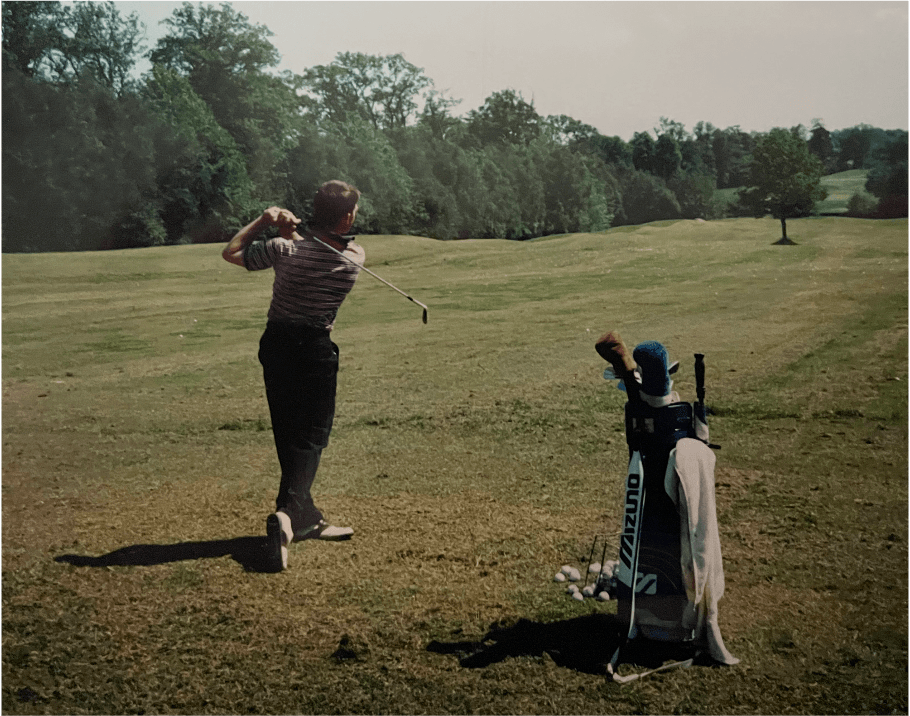
It was never a chore to go the extra mile when you love what you’re doing though and I couldn’t wait to get up at the crack of dawn to hit the range!
It was this time in my life that was significant in setting me on my future path. My parents had always worked long and hard to give me opportunities and I realised that as I was a long way behind my peers in terms of competing, I would need to outwork everyone if I was going to make it.
Eventually after playing in every amateur event I could get into I got my handicap down to under 4 which was the minimum requirement to apply to join the PGA (Professional Golfers Association). It was obvious I was no golf sensation, and the PGA route would give me a plan B if I was not able to make it as a player. I asked my coach if I could work for him at his facility which he agreed to.
For the next 3 years I went through my PGA training, still working on my game but also learning how to coach and build clubs.
In November 1999 I fully qualified as a PGA Pro and I decided to dedicate the next 3 years practicing and seeing how far I could go as a player.
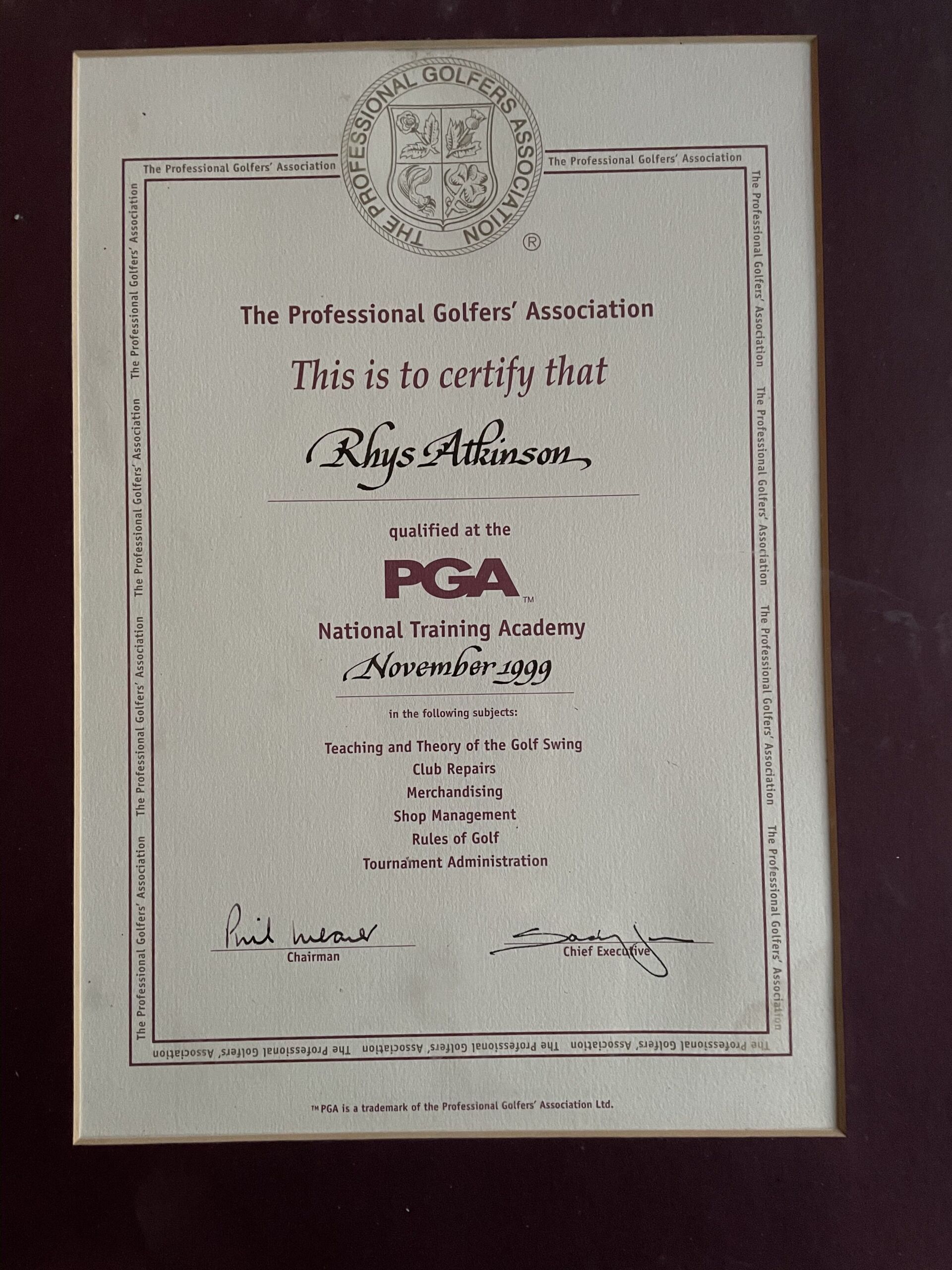
In that same month I was approached by Peter Harrison, the head of the Tour Department at Callaway Golf. He knew Ian and had been looking for someone to take on the role of ‘Fitting Specialist’ at their European HQ in Leatherhead. Ian recommended me (obviously knowing I wasn’t going to make it as a player!) and that was my introduction to Callaway.
Looking back, I realise how lucky I was to be in the right place and that I was selected over many good young Pro’s who could also have been asked. I’m also very grateful that Peter persisted with me as I was so set on playing that I didn’t accept the position until his 3rd visit!
It’s hard to let a dream go and even though the salary was triple what I was currently on (and half the hours!) I still only went for it because I convinced myself secretly that I would be able to practice before and after work as well as lunch times.
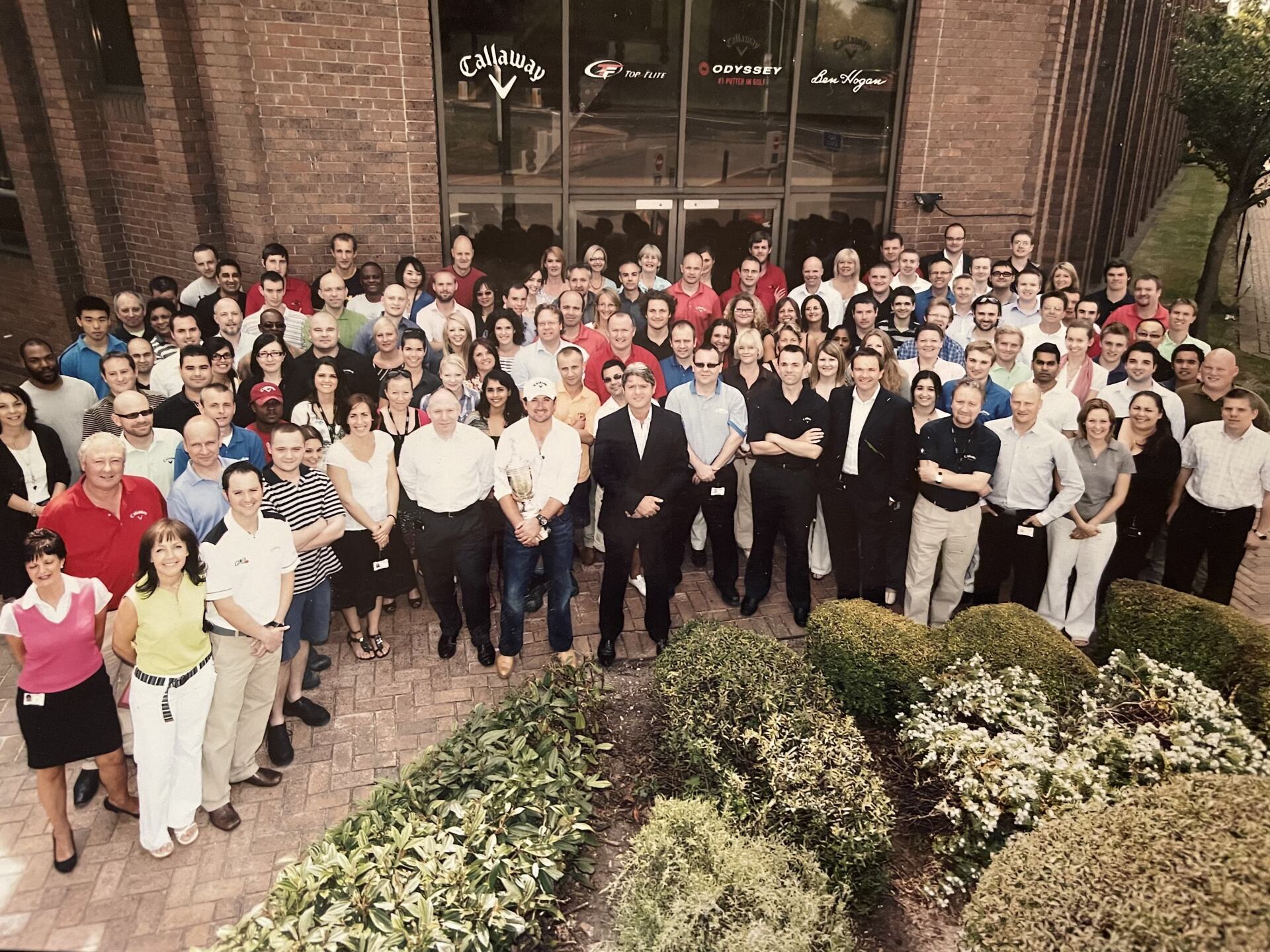
What I didn’t realise was how much I would enjoy the work and I became addicted to working my way up through the company.
The flip side though was that I took the same approach as I had applied to my practice and so rather than working 40 hours per week it was often 80+!
However, I loved every second of it and over the next 15 years I worked my way up through the company travelling to China, America, South Africa, The Middle East and all over Europe in roles that included Product Development, Technical Training, setting up Performance Centres, Fitting Events and running the Custom Fit Programmes for the company.
As well as fitting thousands of club golfers and celebrities during that time, I also had my first experiences working with top players including Seve, Colin Montgomerie, Michael Campbell, Niclas Fasth, Annika Sorenstam and Alex Noren to name a few.
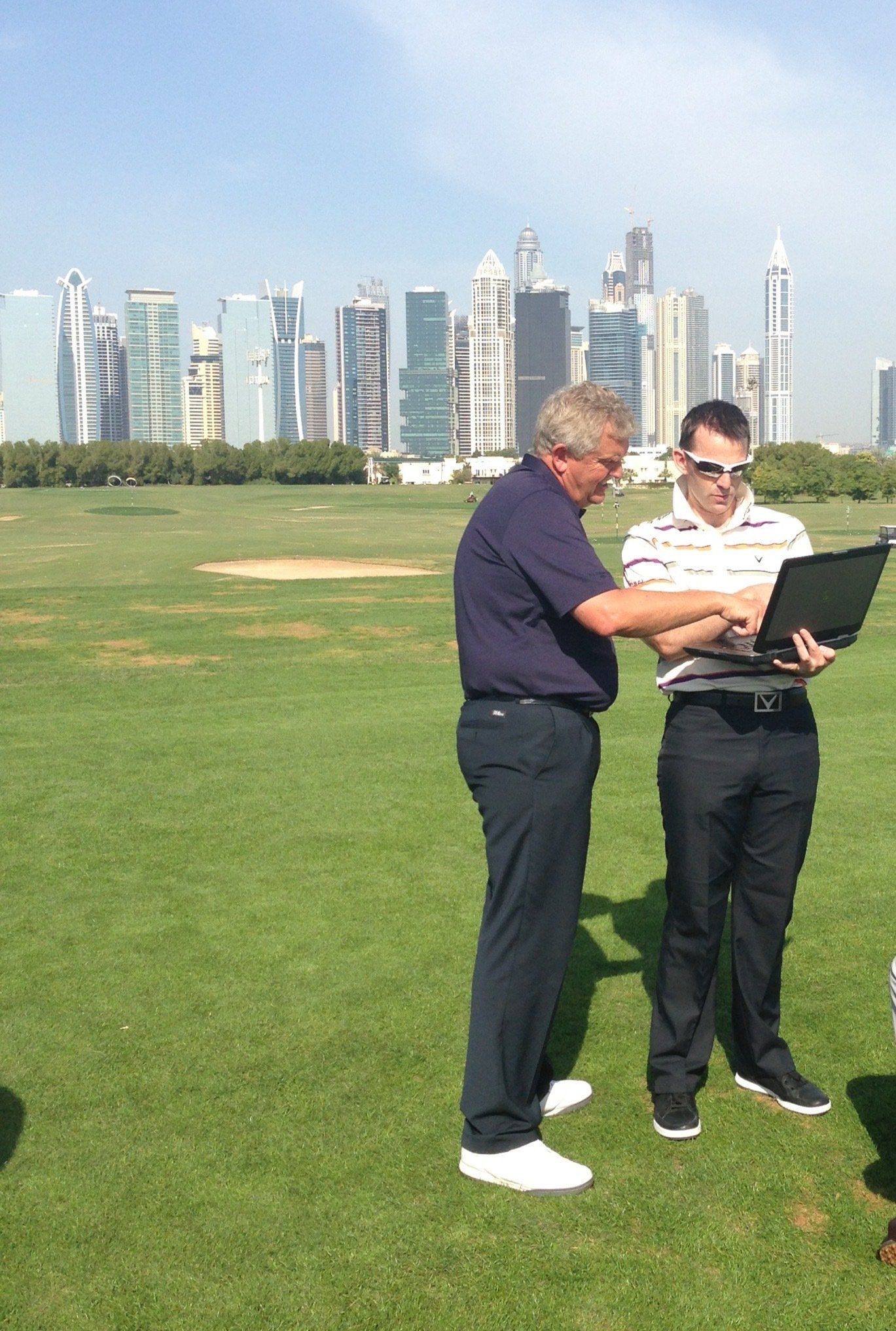
At the same time and within a year of starting at Callaway, I’d started thinking about setting up my own business and I was devouring business and self-help books to cultivate those ideas.
This had nothing to do with not wanting to be at the Callaway but simply that I realised I wanted to make more of a difference and that by working at a brand I was restricted to just their philosophy.
It was Mr Callaway himself who got me thinking about the possibilities. I knew his history better than most as I used to train all new staff in how the company started. Ely Callaway bought into a company called Hickory Stick USA in full in 1984, which then became Callaway Golf and started their meteoric rise through the early 1990’s.
His approach, taken from a previous industry he was in, was to develop products that were ‘DSPD’ which stood for ‘Demonstrably Superior and Pleasingly Different’. This is where the ‘Big Bertha’ franchise came from.

In short, I came up with my own even simpler version of ‘DSPD’ which I drummed into my team at the time - ‘Visible Value’. I wanted them to consider everything they did by questioning was it ‘visible’ to the powers that be and did it add ‘value’ for the company’s customers.
In 2012 I approached both my Marketing and HR Directors with a business concept that would mean me leaving but that I thought would be of benefit to Callaway.
In short, they refused but within 2 weeks of that meeting I’d been approached by Peter Harrison, who was still the head of the Tour Department to take the position of European Tour Representative. I could only assume they thought I was wanting to leave and offered up the most sought-after role within the company.
As I weighed up the position, I realised I would be giving up my Management role and all the responsibilities that came with it but as far as my future was concerned it was an easy decision.
This role would add additional experience and give me the extra edge I wanted to help me build my own business and make more of a difference to more people.
So, over the next few years I worked within a great team looking after the stars of the European Tour including, 10 Major champions and most of the Ryder Cup Teams.
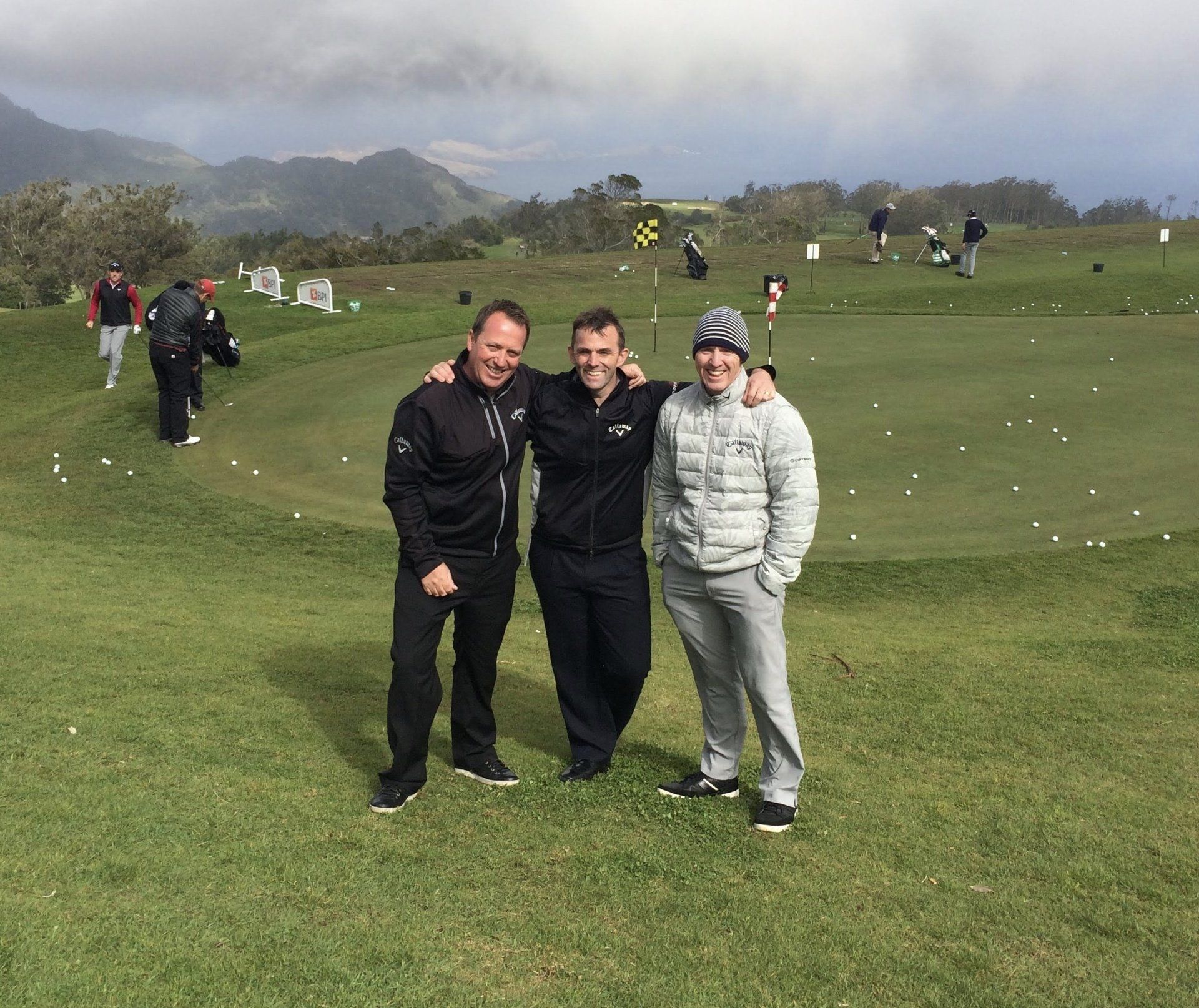
I actually learned a great deal from the lesser-known players who were in more need of my help to give them the edge but suffice to say I learned a great deal that I was able to take with me into what is now Eclipse Golf.
Because I took the Tour position knowing I was likely to leave, I made a point of absorbing everything I could and thinking how it would apply to my business.
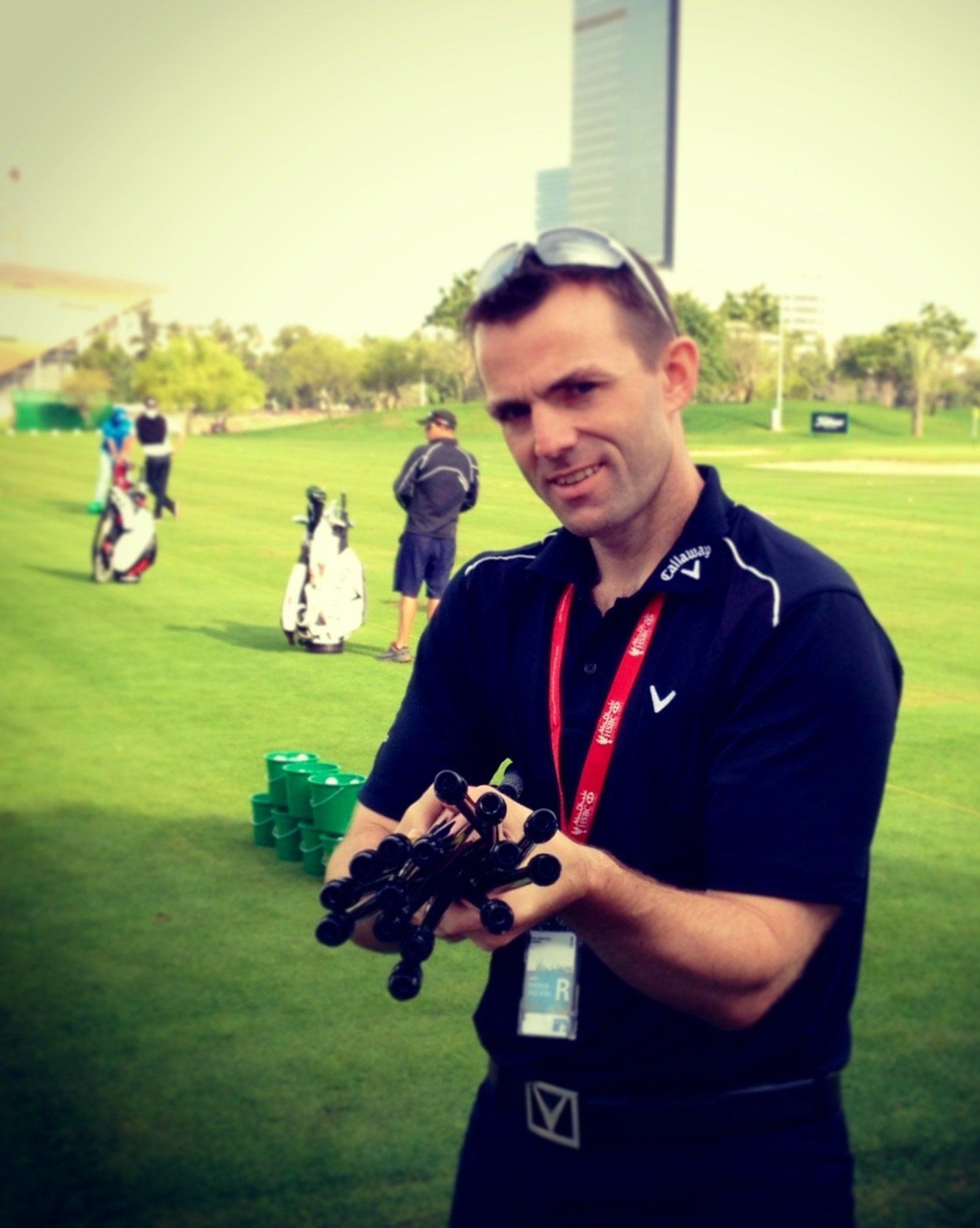
And so, we come full circle – That is why I left ‘ the best job in golf’.
I now have an equipment specialist company in Eclipse Golf that takes the approach I developed right at the start when I was trying to become a player and adds the experience I have accumulated ever since.
- Results first
- No stone unturned,
- Go the extra mile
- Visible value
- Make a difference
It all fits under what I call the ‘ Performance Fitting ™ ’ approach and its pure motive is to get the best possible equipment for a client’s game that lasts and works for them under pressure.
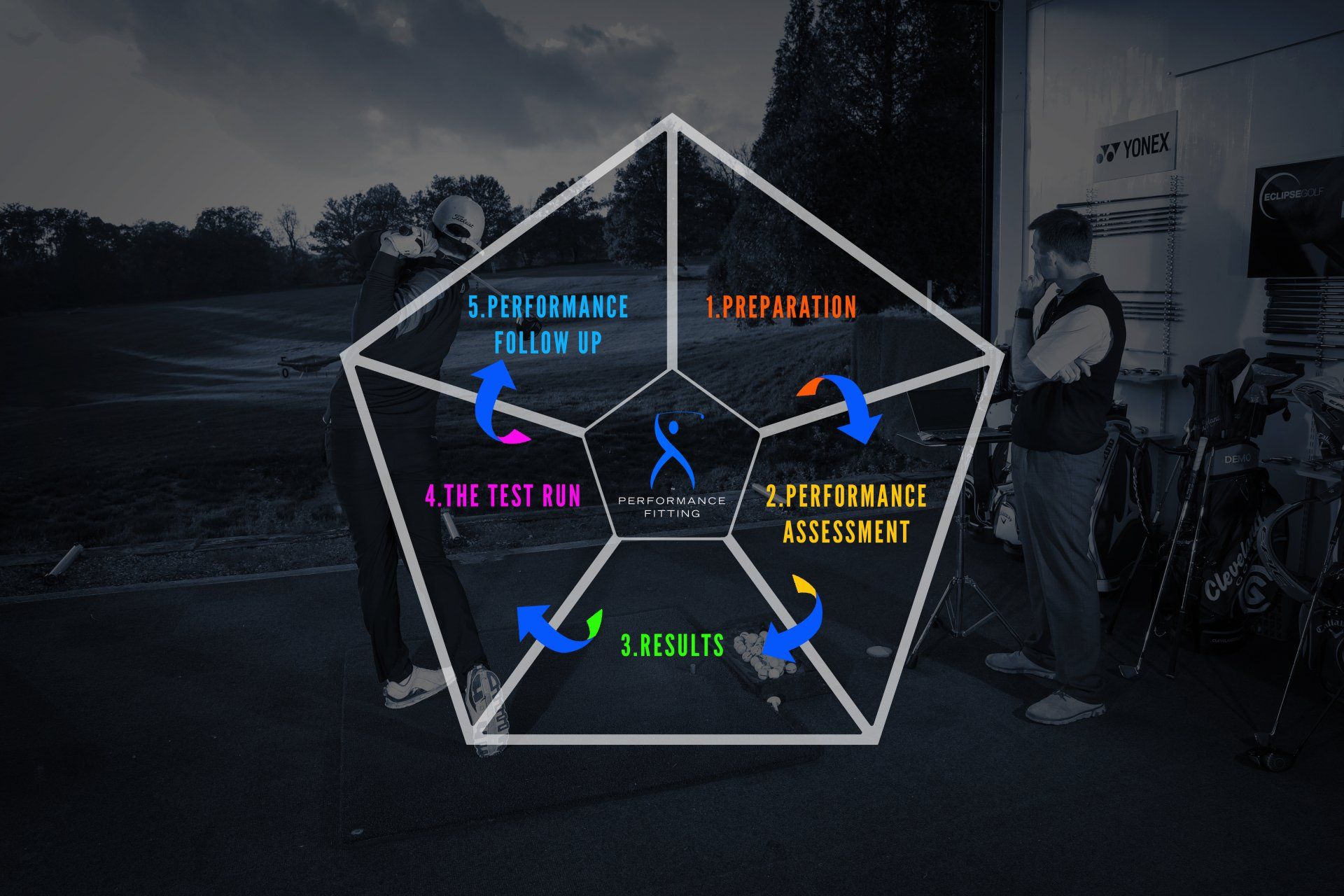
I had a lot of help from others and havebeen lucky to work in a sport I love accumulating a unique experience thatothers could benefit from.
I love helping others improve and wouldlove to be a part of your story.
Ifyou are a ‘Golfer’ and would like to work with us on your equipmentplease visit
www.eclipse-golf.co.uk or email us at
enquiries@eclipse-golf.co.uk .
If you are a ‘Custom Fit Facility’ or an individual ‘Pro or Fitter’ and would like to get trained in ‘ThePerformance Fitting ’ approach then go to www.eclipsegolfltd.com or click thebelow link for our latest training options.
https://fuphure2.pages.infusionsoft.net/
